#Constantin Meunier (artist)
Text

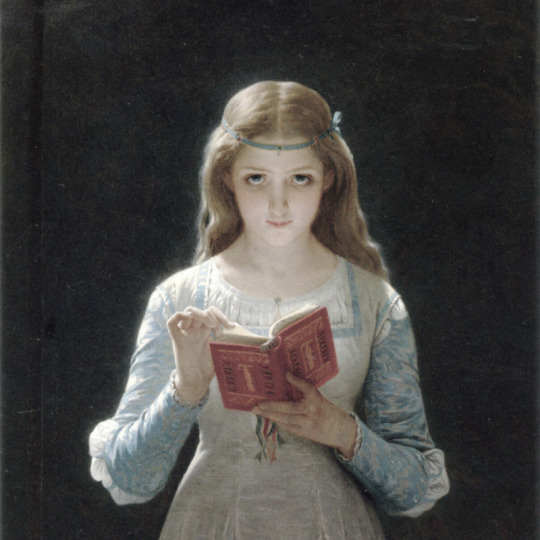
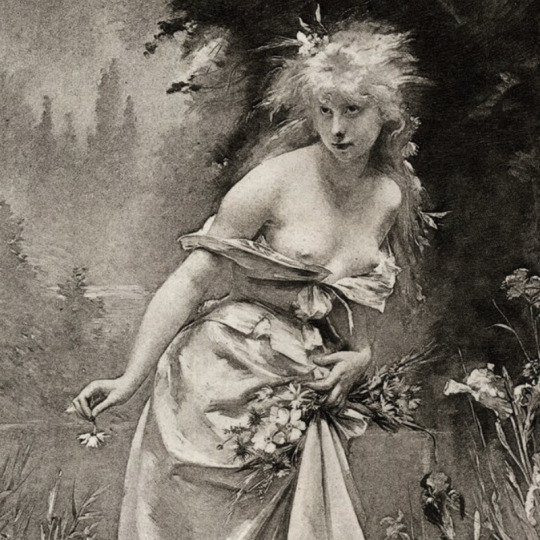



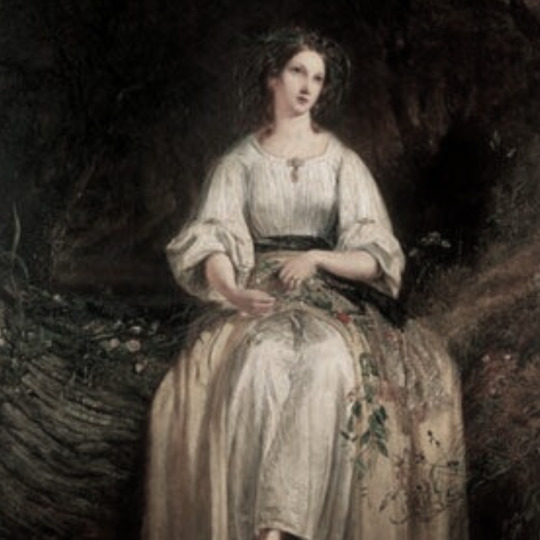


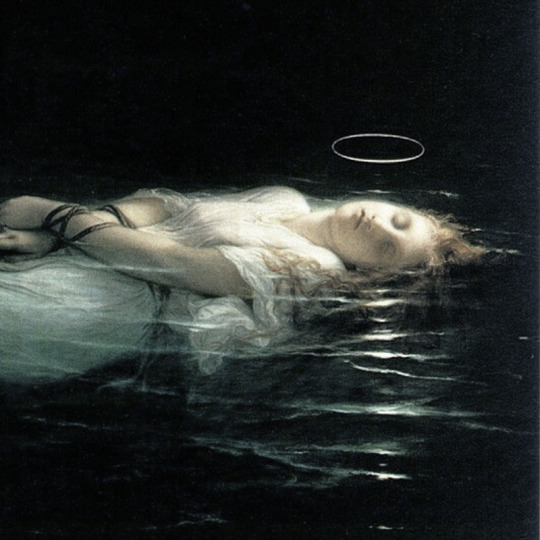
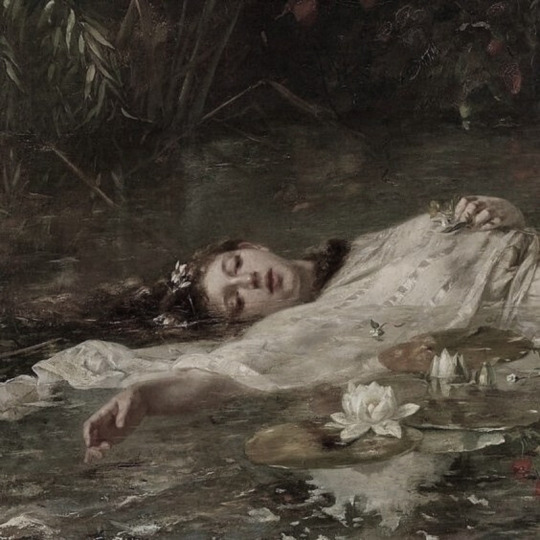

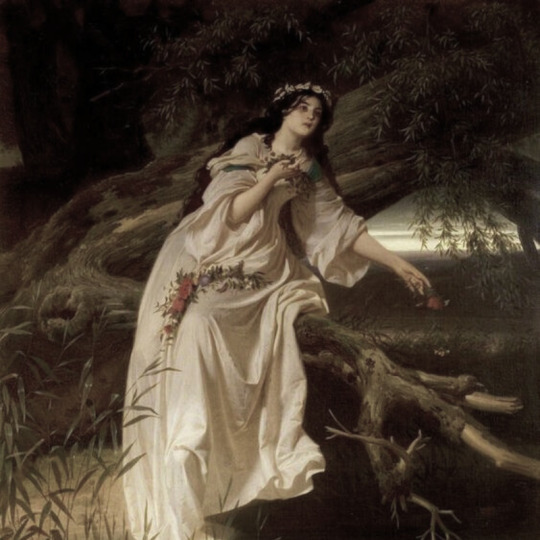
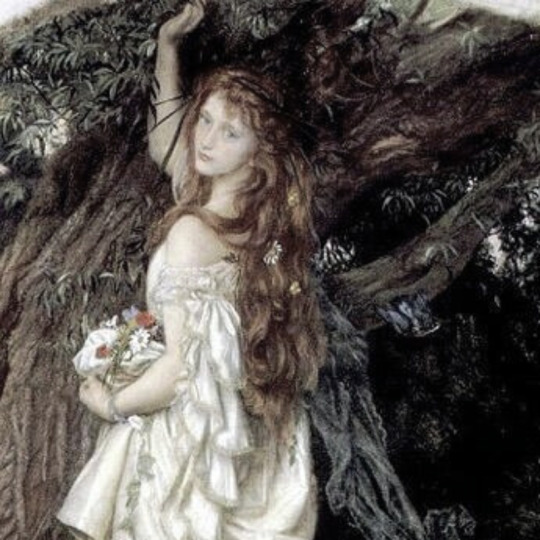
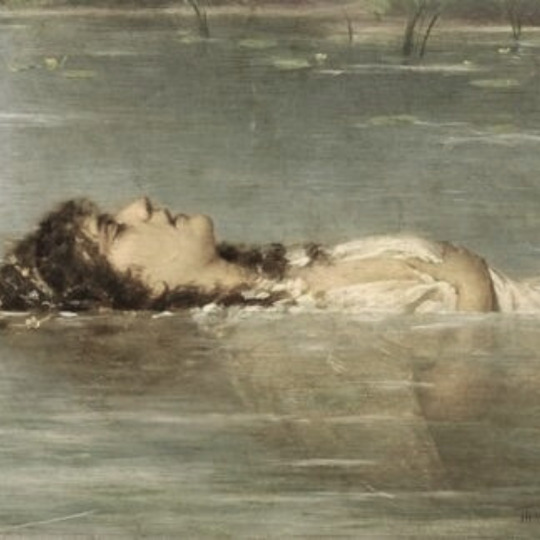
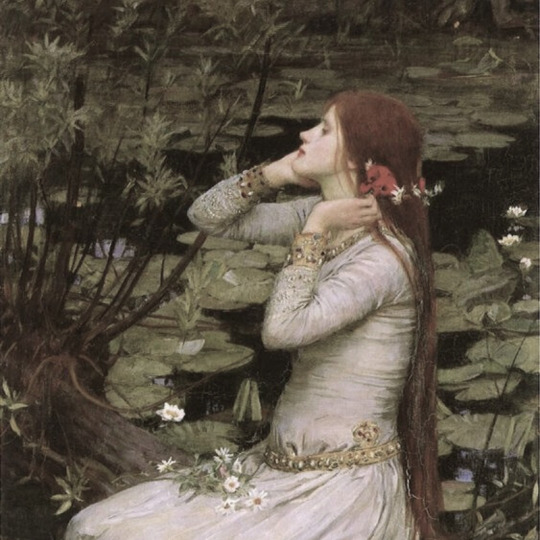

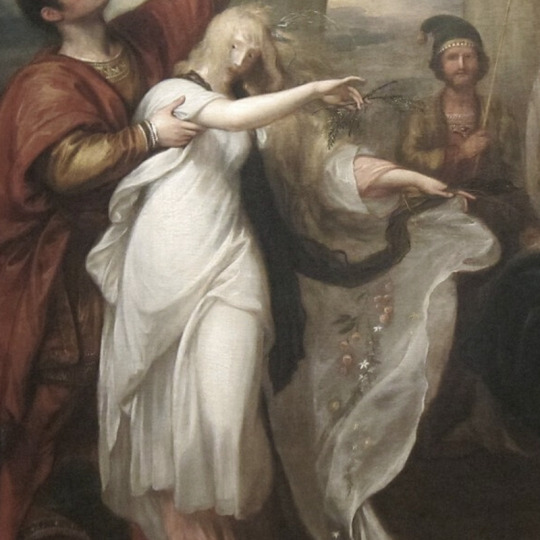



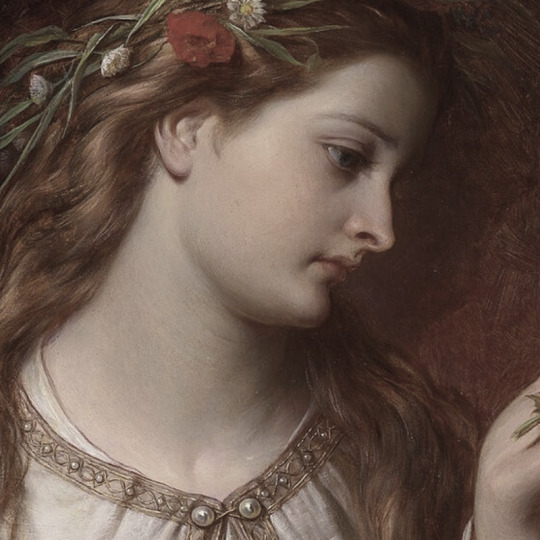
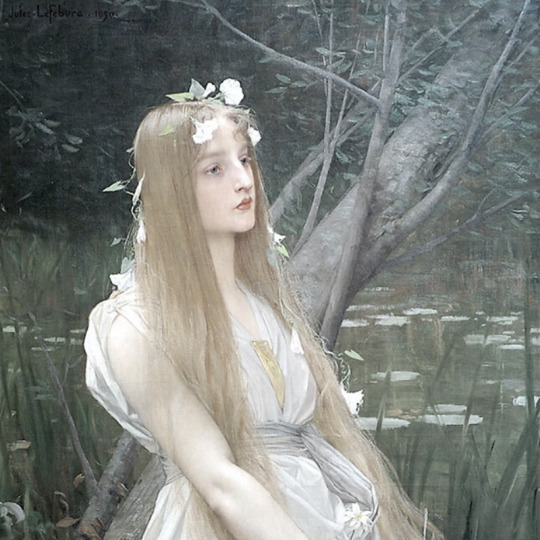
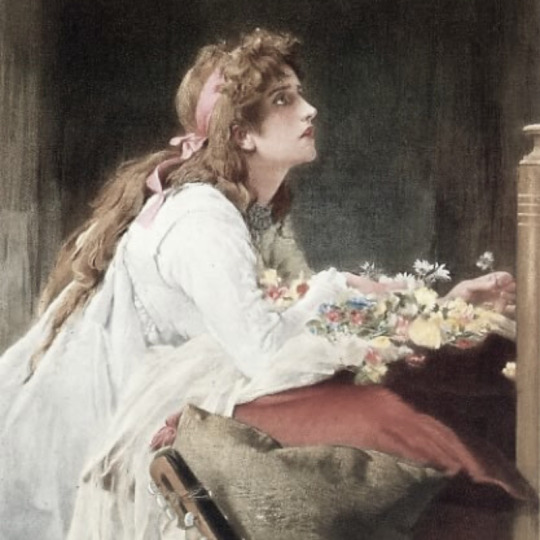

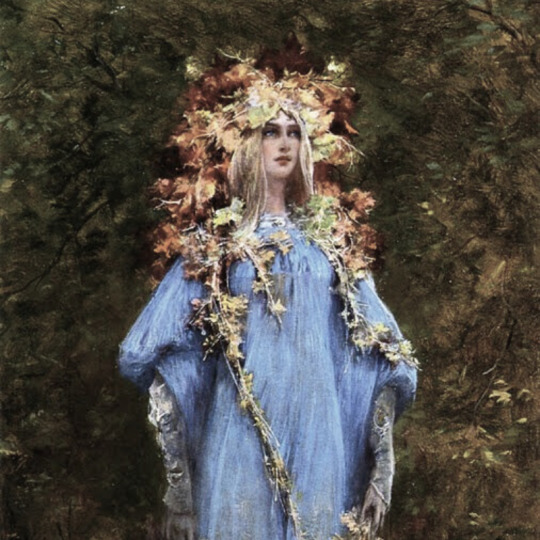
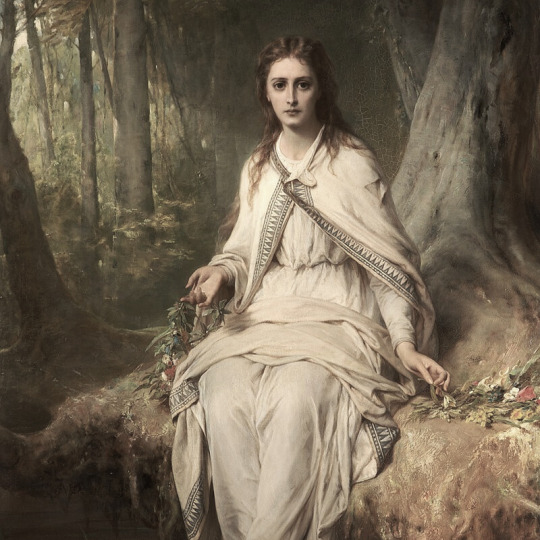
women in art: ophelia
#artist is john everett millais#artist is pierre auguste cot#artist is madeline lemaire#artist is sarah bernhardt#artist is paul albert steck#artist is salvaor dali#artist is richard redgrave#artist is constantin meunier#artist is jules bastien-lepage#artist is paul delaroche#artist is friedrich wilhelm theodor#artist is jeap-baptiste#artist is ferdinand piloty ii#artist is arthur hughes#artist is theodor von der beek#-artist is john william waterhouse#artist is leopold burthe#artist is benjamin west#artist is alexandre cabanel#artist is frances macdonald#--artist is arthur hughes#artist is thomas francis dicksee#artist is joseph jules lefebvre#artist is marcus stone#artist is konstantin makovsky#artist is georges clarin#artist is thomas francis dicksee-#art history#ophelia#hamlet
2K notes
·
View notes
Text

Ophelia
Constantin Meunier
oil on canvas
16 notes
·
View notes
Text

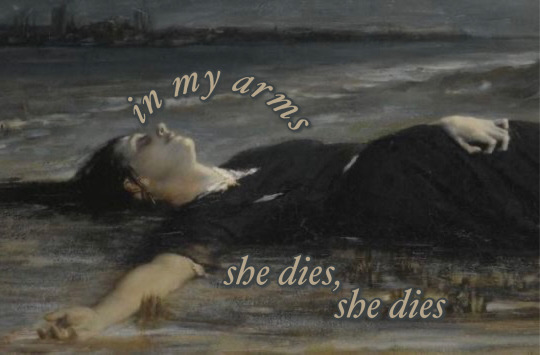
the ghost of you // my chemical romance
#artist: Theodor von der Beek#artist: Constantin Emile Meunier#in my mind this is like seeing a scene through an idealized lens and then seeing it for what it really was#anyway#the ghost of you#more edits cause mcr has me in a headlock#art#paintings#classical painting#lyric edit#aesthetic#aes#h8#my chemical romance#edit#frank iero#gerard way#mikey way#ray toro#mcr lyrics#mcr lyric edit#mcr#lyrics#lyric aesthetic#three cheers for sweet revenge
274 notes
·
View notes
Text

Félicien Rops (1833 –1898) Belgian
Rops enrolled at the "Atelier libre Saint-Luc", one of the meeting places for Brussels bohemians, where he exchanged avant-garde ideas. There he met Artan, Dubois, Charles De Groux, Constantin Meunier, and more, the future upholders of realism in Belgium.
"Rops am I, virtuous am I not, hypocrite I do not deign". The Belgian artist followed this virtuous path his entire life. His work and his way of life reflect the freedom of spirit and creativity that characterise his drawings, engravings and illustration
117 notes
·
View notes
Photo
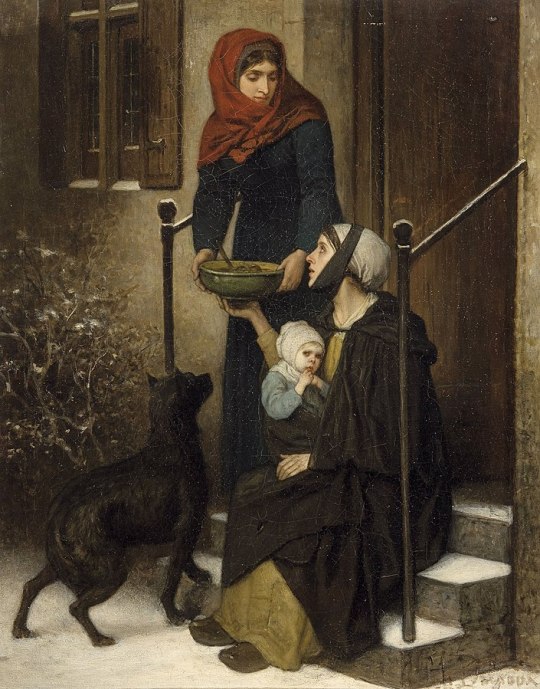
Charles de Groux - Hospitality -
oil on canvas, height: 65 cm (25.5 in); width: 51 cm (20 in)
Charles de Groux or Charles Degroux (25 August 1825 – 30 March 1870) was a French painter, engraver, lithographer and illustrator. As he moved to Belgium at a young age and his whole career took place in Belgium he is usually referred to as a Belgian artist. His depictions of scenes from the life of the disadvantaged and lower-class people of his time mark him as the first Belgian social realist painter. These works made him the precursor of Belgian Realist artists such as Constantin Meunier and Eugène Laermans.
94 notes
·
View notes
Photo

Processie van de stilte, Sevilla - Constantin Meunier , 1882-83.
Belgian, 1831-1905
Oil on canvas, 154 x 110 cm.
182 notes
·
View notes
Text
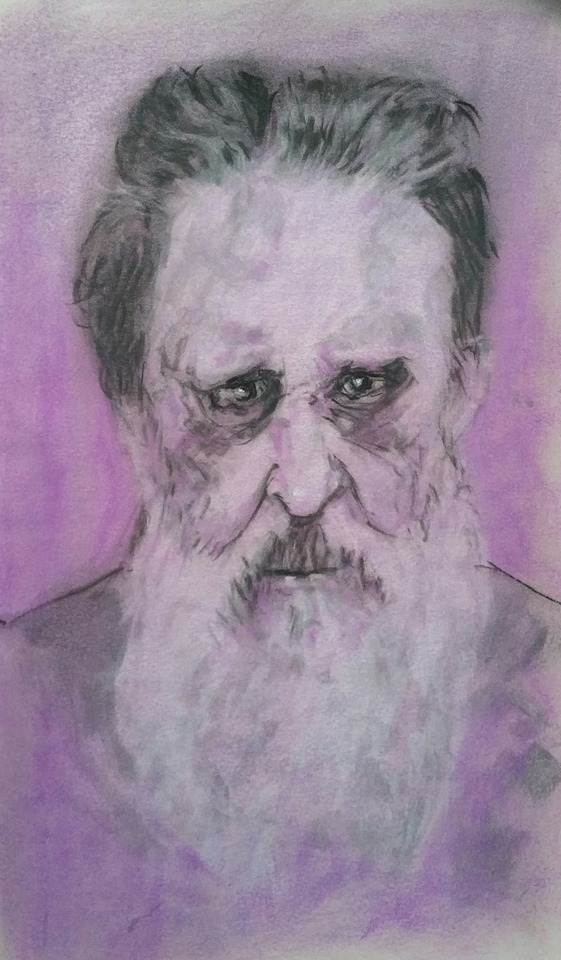
'Constantin' (30 × 18 cm, soft pastel & charcoal)
2 notes
·
View notes
Photo
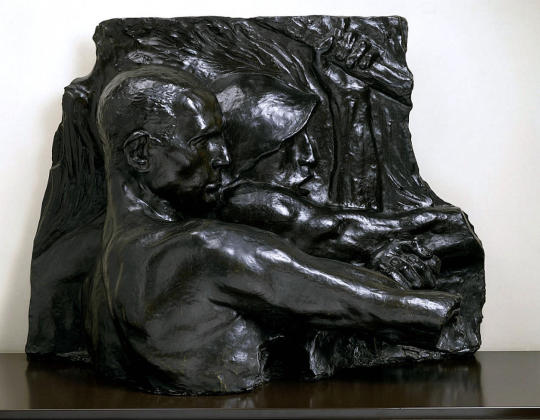
MWW Artwork of the Day (9/9/20)
Constantin Meunier (Belgian, 1831-1905)
Industry (1896)
Bronze high relief sculpture, 68 x 90 x 36 cm.
Musée d'Orsay, Paris
The Belgian Constantin Meunier was the first foreign sculptor whose work was bought by the French state for the Musée du Luxembourg. The works in question were two bronze statuettes, "Stevedore at the Port of Antwerp" and "Man with a Hammer," bought in 1890 at the first Salon held by the Société Nationale des Beaux-Arts, which had broken away from the Salon des Artistes Français.
Meunier composed all the elements of his monument including the four reliefs, "Industry" (fire) "Harvest" (air), "Port" (water) and "Mine" (earth) but had not decided upon the final arrangement. On one clay model, "Industry" is placed on the front. On the monument raised long after his death in Laeken in 1930, Harvest has pride of place. The manual laborers represented as unfailing heroes have many descendants in Eastern Europe. (translated from the Musée website)
1 note
·
View note
Photo

Constantin Meunier – Ophelia – l156 Constantin Meunier - Ophelia.
0 notes
Photo

|Saint Stephen|
Artist; Constantin Meunier
38 notes
·
View notes
Text

Théophile-Alexandre Steinlen - L’aurore (Aurora), 1903
A major exhibition and sale of 101 works by Théophile-Alexandre Steinlen opened in Paris in 1903. In the catalogue, the writer Anatole France emphasised the singularity of the event. Although the artist was ‘too famous for any thought of introducing him here’, he had nevertheless prepared a surprise for visitors already enthusiastic about his drawings and stamps: a presentation of his paintings. The artist was showing the forty-odd pictures produced that same year and, for the first time, ‘large figures’ signalling a new artistic ambition.
L’aurore is notable for its tall, narrow format. The canvas shows two workers sitting atop a structure, contemplating the sunrise. Perched on its piers, they are about to assemble the metal parts using red-hot rivets whose heads will then be flattened with a hammer. The building under construction recalls recent Parisian projects such as the Eiffel Tower and Sacré-Cœur. With this work, Steinlen was adding to his chronicle of the world of work – that ‘apocalypse of misery’ that, in France’s words, moved him deeply. The warm palette, in shades of browns and oranges, recalls Honoré Daumier. The symbolic dimension of this work, indicated by its title, points to the hope of a better future. It is expressed in the heroic rendering of the men’s bodies, which draws from the emphatic modelling of the naturalist sculptors, from Jules Dalou, and also from Constantin Meunier, another poet of the proletarian condition. The older carpenter is positioned in the lower half of the picture with his back to us, in the shadow, whereas his younger comrade, catching the light and staring into the distance, stands for the new generation and the struggle it must take up.
L’aurore was sufficiently important to Steinlen for him to put a smaller version of the work on the cover of his exhibition catalogue. When the Museum in Lausanne, his home town, acquired the work, it did so at his own express request: according to the keeper there at the time, he would have been disgruntled if Lausanne had purchased his Chats and Midinettes. (source)
5 notes
·
View notes
Photo
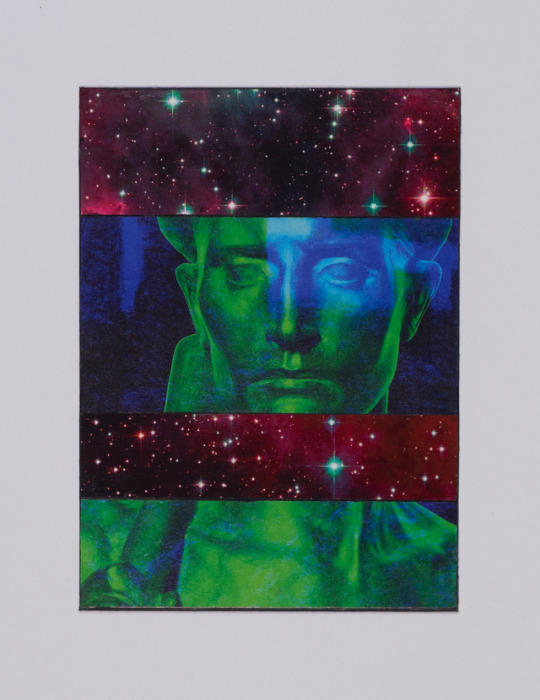
Orion 1 (tribute to Constantin Meunier), collage, 24/12/14 (13,2cm x 9,6cm)
© Renaud De Putter
#orion#constantin meunier#mythology#collage#cosmos#constellation#men#contemporary art#fineart#art#artists on tumblr#renaud de putter
15 notes
·
View notes
Photo

THÉOPHILE "THÉO" VAN RYSSELBERGHE
On this day of 23rd November, Théophile "Théo" van Rysselberghe (23 November 1862 – 14 December 1926) was born in Ghent, Belgium.
He was a neo-impressionist painter, who played a pivotal role in the European art scene at the turn of the twentieth century.
He studied at the Academy of Ghent under Theo Canneel and at the Académie Royale des Beaux-Arts in Brussels under Jean-François Portaels. The North African paintings of Portaels had started an orientalist fashion in Belgium. Their impact would strongly influence the young Théo van Rysselberghe.
At only eighteen, he exhibited at the Salon of Ghent. He painted Self-portrait with pipe, and Child in an open spot of the forest, and he makes his first steps towards impressionism.
Between 1882 and 1888 he made three trips to Morocco and he came in touch with contemporary artists like Frantz Charlet, Darío de Regoyos. Constantin Meunier, John Singer Sargent, Ralph Curtis. Emile Verhaeren. During this period he created pieces like Spanish woman, Sevillan woman, Arabian street cobbler, Arabian boy, Resting guard The kief smokers, The orange seller and a seascape The strait (setting sun), Tanger . Arabian phantasia, Abraham Sicsu, Caravan in the mountains past Schliat, Gate of Mansour-El-Hay, Meknès, and Morocco (the great souk).
The painting on his visits to Morocco depicted bright lights and colour but as he drew toward Impressionism they are rather subdued colours especially in Jeanne and Marguerite Schlobach, Octave Maus, Camille Van Mons, Marguerite Van Mons, Woman with Japanese album, Madame Picard in her Loge, Madame Oscar Ghysbrecht, and Het Zwin at high tide.
He discovered the pointillist technique when he saw Georges Seurat's La Grande Jatte. Together with Henry Van de Velde, Georges Lemmen, Xavier Mellery, Willy Schlobach, Alfred William Finch, and Anna Boch he "imported" this style to Belgium.
Théo van Rysselberghe abandoned realism and became an adept of pointillism which reflected in his Madame Oscar Ghysbrecht, Madame Edmond Picard, Pierre-Marie Olin. He came across renowned painters Eugène Boch, Sisley, Signac, Degas, and Henri de Toulouse-Lautrec.
His famous portrait of Alice Sèthe, Dunes in Cadzand, The rainbow were inspired by Pointillism.
In Paris, he had a meeting with Theo Van Gogh and managed thus to invite Vincent van Gogh to the exhibition in Brussels. That is where Van Gogh sold Vigne Rouge in Montmajour, the only painting he ever sold.
In 1897, van Rysselberghe moved to Paris. Along with Paul Signac, Maximilien Luce, Aristide Delannoy, Alexandre Steinlen, Camille Pissarro, Van Dongen, George Willaume, etc., he contributed to the magazine Temps Nouveaux.
In his later years of his life, his approach became more relaxed, and abandoned Pointillism completely.
After some prospecting, touring, his brother Octave van Rysselberghe, built him a residence at the Côte d'Azur and became detached from the Brussels art scene.
Théo van Rysselberghe was one of the prominent co-founders of the Belgian artistic circle Les XX s, under the patronage of Octave Maus, whose notable members were James Ensor, Willy Finch, Fernand Khnopff, Félicien Rops, Auguste Rodin, and Paul Signac.
Much of his works still remain in private collections and rarely be seen. One occasion was the retrospective Théo van Rysselberghe in Brussels and later in The Hague.
In November 2005, his work Port Cette fetched a record 2.6m € at an auction in New York.
11 notes
·
View notes
Photo
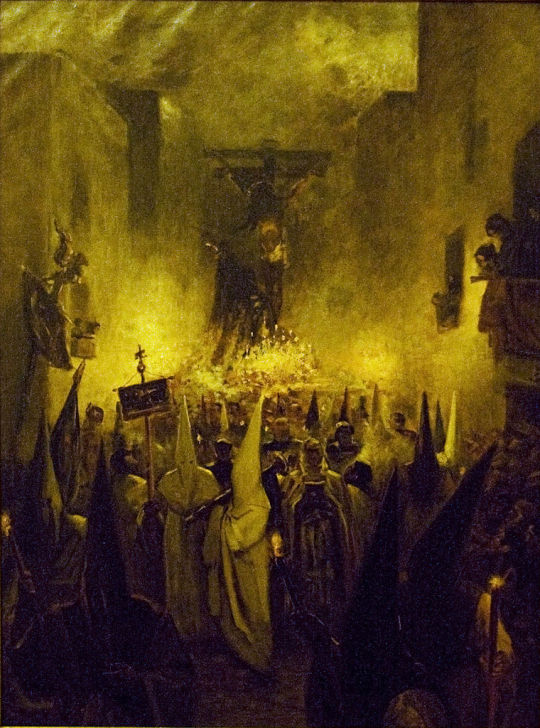
Procession of Silence, Sevilla [1882]
Artist: Constantin Émile Meunier
14 notes
·
View notes
Photo
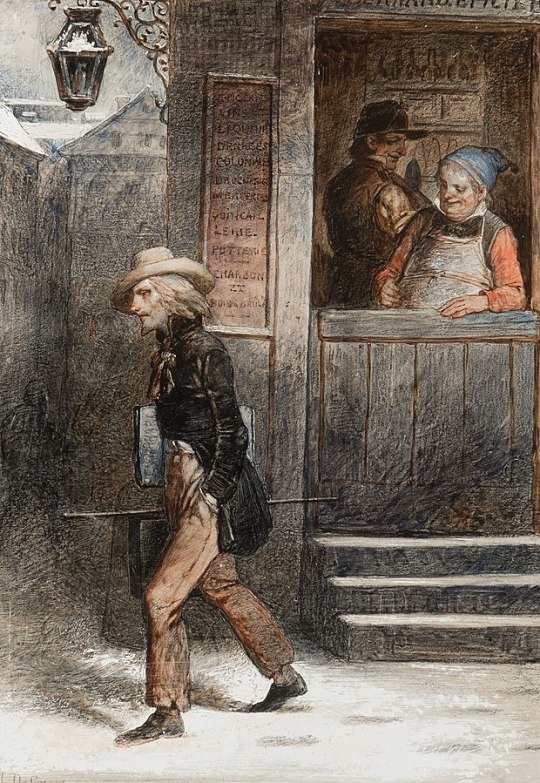
Charles de Groux - The young artist -
watercolor and mixed media, height: 33 cm (12.9 in); width: 23 cm (9 in)
Charles de Groux or Charles Degroux (25 August 1825 – 30 March 1870) was a French painter, engraver, lithographer and illustrator. As he moved to Belgium at a young age and his whole career took place in Belgium he is usually referred to as a Belgian artist. His depictions of scenes from the life of the disadvantaged and lower-class people of his time mark him as the first Belgian social realist painter. These works made him the precursor of Belgian Realist artists such as Constantin Meunier and Eugène Laermans.
58 notes
·
View notes
Photo

@scpphix my reply is too long lmao and i want to include pictures so
there's just a certain quality of voyeurism in so much ophelia art that i loathe. there aren't many death of ophelia pieces that i like--or don't hate--but i think a good death of ophelia piece is one that has empathy for her. there's a thousand different ways you could imagine ophelia at the scene of her death. terrified, manic, determined, resigned, relieved, angry, agonized, maybe even happy--the list goes on. but so much death of ophelia art is just. expressionless and far more interested in how she looks to a male viewer than how she’s feeling, what she’s experienced, what has brought her to this moment.
the death of ophelia is far from the only theme that artists use as an excuse to paint a beautiful and tragic woman looking appealing, but 1. i adore ophelia and hamlet so i have particularly strong opinions about it and 2. it was this exact attitude that brought about ophelia’s death. there’s no empathy for her, there’s no consideration of her feelings or position or what she wants or doesn’t want, she’s just an object of male desire. artists like millais (don’t get me STARTED on millais’ ophelia) or cabanel treat her the same way polonius or hamlet do. she’s an object, a tool, and her feelings don’t matter, she’s a peripheral thought; she’s a beautiful young woman to be placed and used in whatever way best suits the men around her, or depicting her. a good death of ophelia piece should be physically painful to look at, it should break your heart, make you angry, there should be an accusation in it. it should not be simply beautiful.
i just don’t enjoy the death of ophelia as a subject, especially when depicted by male artists, but these are the death of ophelia pieces i like or don’t particularly hate (that i have seen, i certainly haven’t seem them all) (death of ophelia meaning, the moments before, during, or after her death):
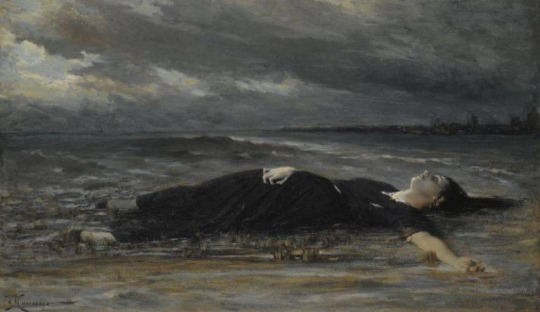
ophelia, constantin meunier: there’s a certain quality about this that i think sets it apart from other death of ophelia pieces. it obviously isn’t interested in the aesthetics of it--there is no quintessential willow, no flowers, no mermaid-like spread of skirts. the traditional scene has been stripped down to the bare bones of it: ophelia, and the instrument of her death. it’s dark and uncomfortable; she isn’t floating peacefully, she’s washed up on the bank, her fingers are curled and claw-like, her hair is actually like. visibly wet, it’s plastered to the side of her face and clumped behind her head, not fanned around her in that pretty halo no one who isn’t on a shampoo commercial set has ever replicated, millais. and her face--she looks almost like she’s been laughing, it’s a joyless and haunting smile, and her eyes look almost bruised. you look at this and see a tragedy. you see how she’s been driven to the brink, and you see how she felt like the only choice left to her, the only thing she could do of her own free will, was to jump. you don’t want to look at it, but it demands that you do.
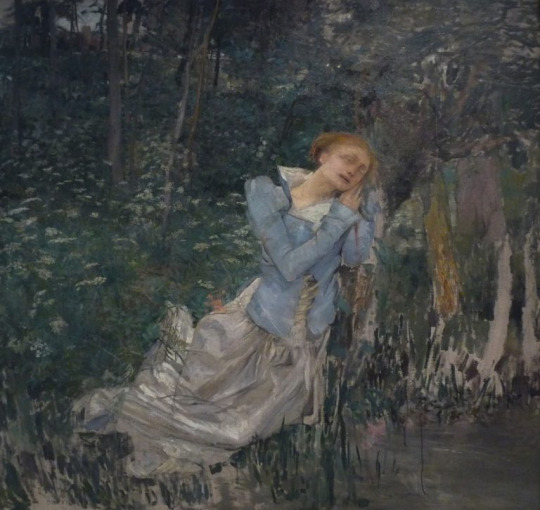
ophelia (unfinished), 1881, jules bastien-lepage: this is another piece that is primarily interested in ophelia as a character. she’s leaning against (i think) the willow she will fall or jump from in moments, and she’s sobbing, there’s so much pain and despair and hopelessness in her face, and she’s looking directly at you
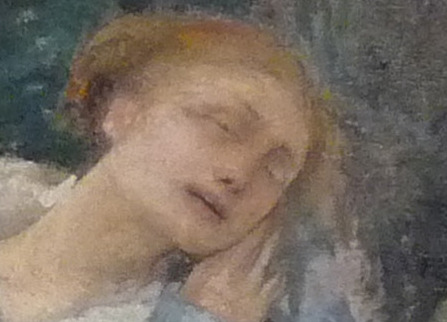
she is begging you to help her. you feel very much that you’ve interrupted a private moment, something you weren’t meant to see--and you weren’t meant to see it! there is a reason ophelia’s death isn’t staged!--and seeing it, you are part of it, you are accountable. why are you here? why are you looking at it? you want to look away, but looking away feels wrong, like when you walk into a public bathroom and someone is crying at the sink. should you ask what’s wrong, if they’re okay, try to comfort them, or should you give them their privacy? either way, you have made a choice. you are, in some small way, part of this person’s grief now. this painting feels like it forces you to make the same choice everyone around ophelia made, it forces you to look at her unmitigated pain, and eventually, because it is only a painting, turn away, knowing what happens to her. this painting hurts.

ophelia, 1852, arthur hughes: it’s ironic that one of my favorite (least disliked?) death of ophelia pieces is by the artist of one of my least favorite death of ophelia pieces but such is life. first of all, it’s just a beautiful painting.
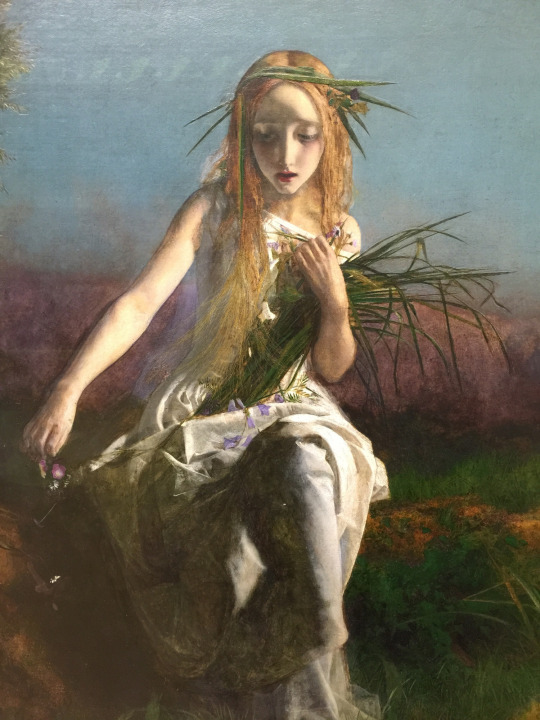
but more importantly, it’s absolutely horrifying. you know exactly how she’s feeling. ophelia is so, so, so young here, she looks like a child, and there are dark bags under her eyes. she is stepping into the water willingly, but it isn’t what she wants. she looks so scared and sad, but resigned to it. she doesn’t want this to happen, but she doesn’t see any other way out. her garland is almost a crown of thorns, like christ, depicting her as an innocent martyr. it’s an awful, awful thing to look at. as every death of ophelia piece should be.


ophelia, 1910, john william waterhouse: i go back and forth on this one. ophelia meets the viewer’s gaze, and there’s some emotion on her face to be sure. she looks desperate, but determined and defiant in the same hand. and something about her expression is challenging. her chin is lifted, her jaw set; it’s a different interpretation, one that implies lucidity. she didn’t make this decision in a moment of madness or desperation to be free. she’s about to step into the water and lay herself down, or climb the willow and jump--whatever she’s about to do, she is going to do it, and you can’t stop her.
there’s actually quite a few ophelia pieces that i adore or don’t really have strong feelings towards. im partial to the few depictions of ophelia and laertes there are just bc i’m a sucker for their relationship, BUT here are just a few of my favorite ophelia pieces:
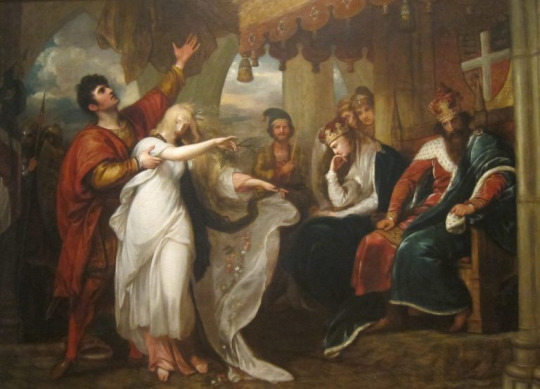
hamlet act 4 scene 5, benjamin west: fuck! yeah! one of my favorite scenes, and just look at ophelia’s face, the emotion of it, especially compared to everyone else. she looks like she’s in a completely different painting from everyone else. incredible!!! thank you!
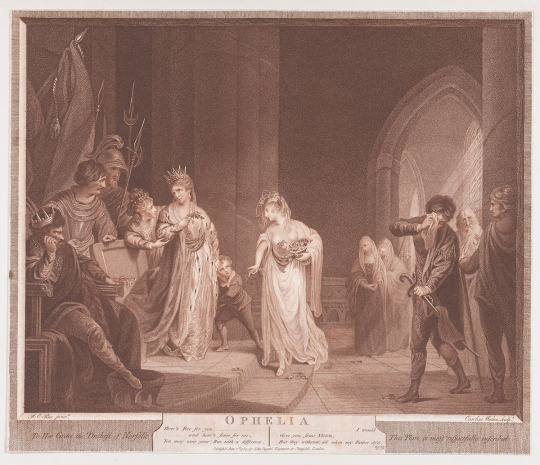
ophelia (shakespeare, hamlet, act 4, scene 5), 1784, caroline watson: ophelia’s stare is so cutting, and everyone is uncomfortable--they’re furious, or confused, or scandalized, fascinated or looking away. caroline watson was a hamlet fan before any of us post-romanticism posers
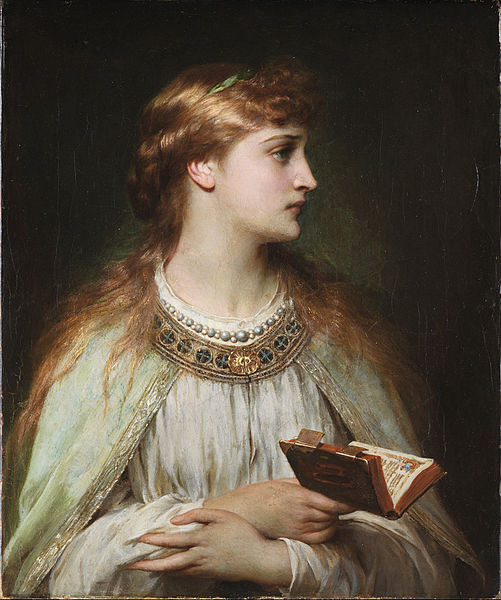
ophelia, 1875, thomas francis dicksee: pensive, learned, and like someone just interrupted her reading and she’s pissed about it but trying not to show it
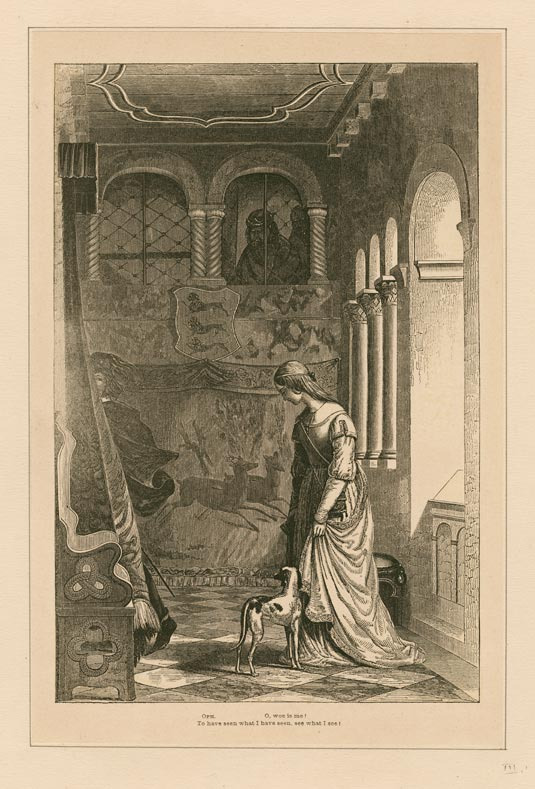
ophelia in hamlet, anonymous: this is one of my absolute favorites, because it depicts a moment often ignored: ophelia’s reaction to get thee to a nunnery. hamlet has just stormed out, and ophelia is left alone in the room, an empty space where hamlet was, with such sadness and hurt plain on her face.

I’m very partial to this print I picked up at the Folger Shakespeare Library in dc. it’s a version of the melancholy face of ophelia by w.h. mote and it sits on my bookshelf and i just like it.
additionally, this isn’t really the subject of this post, but it needs to be mentioned because it is probably my favorite death of opelia piece of all time. Sonnet for Ophelia by @truantdsposition
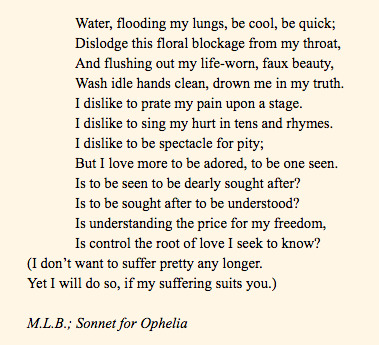
33 notes
·
View notes